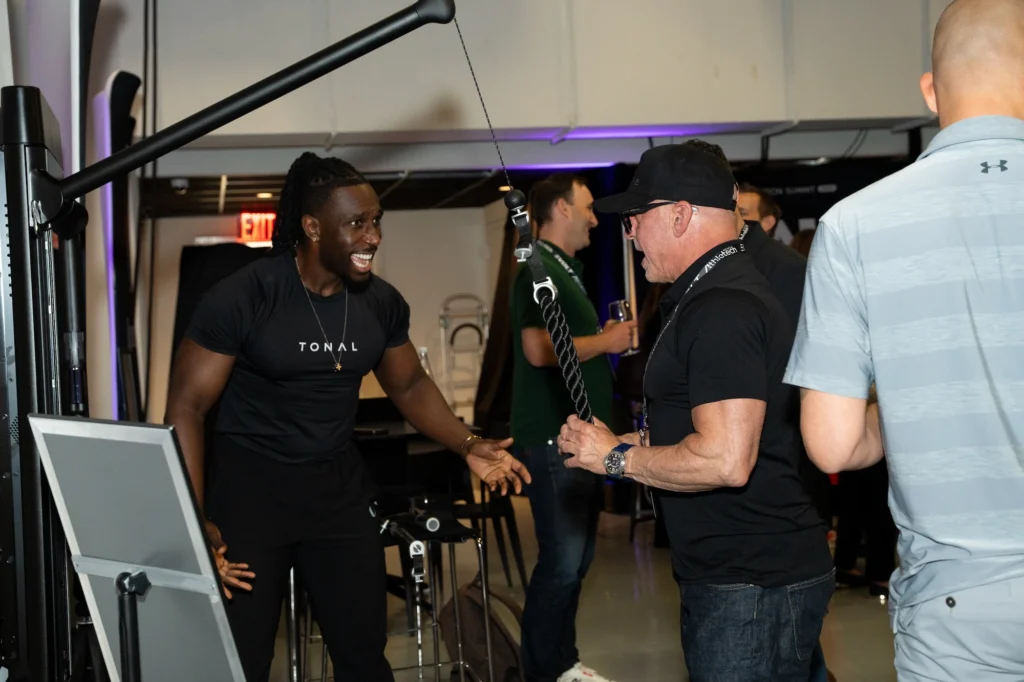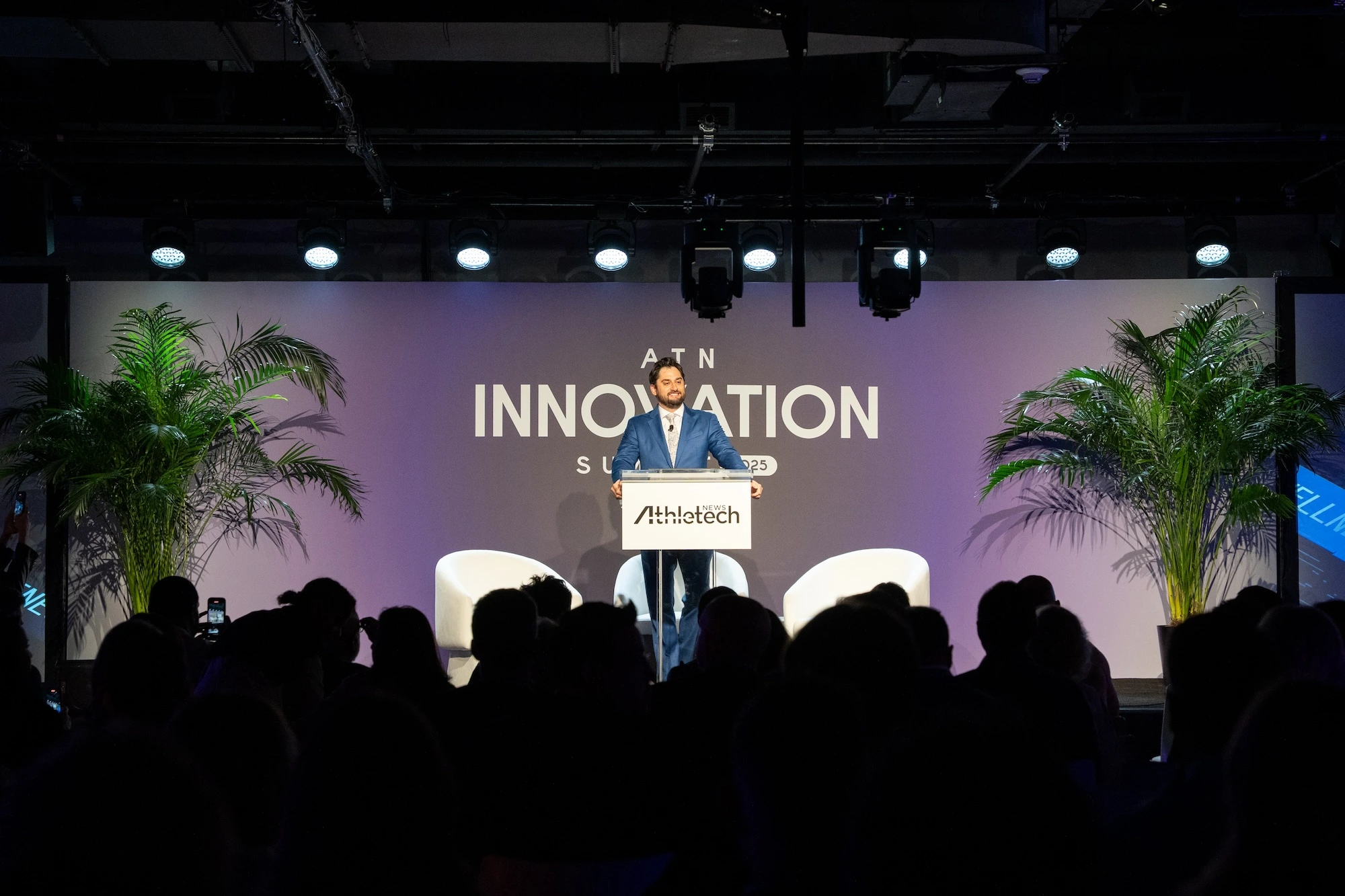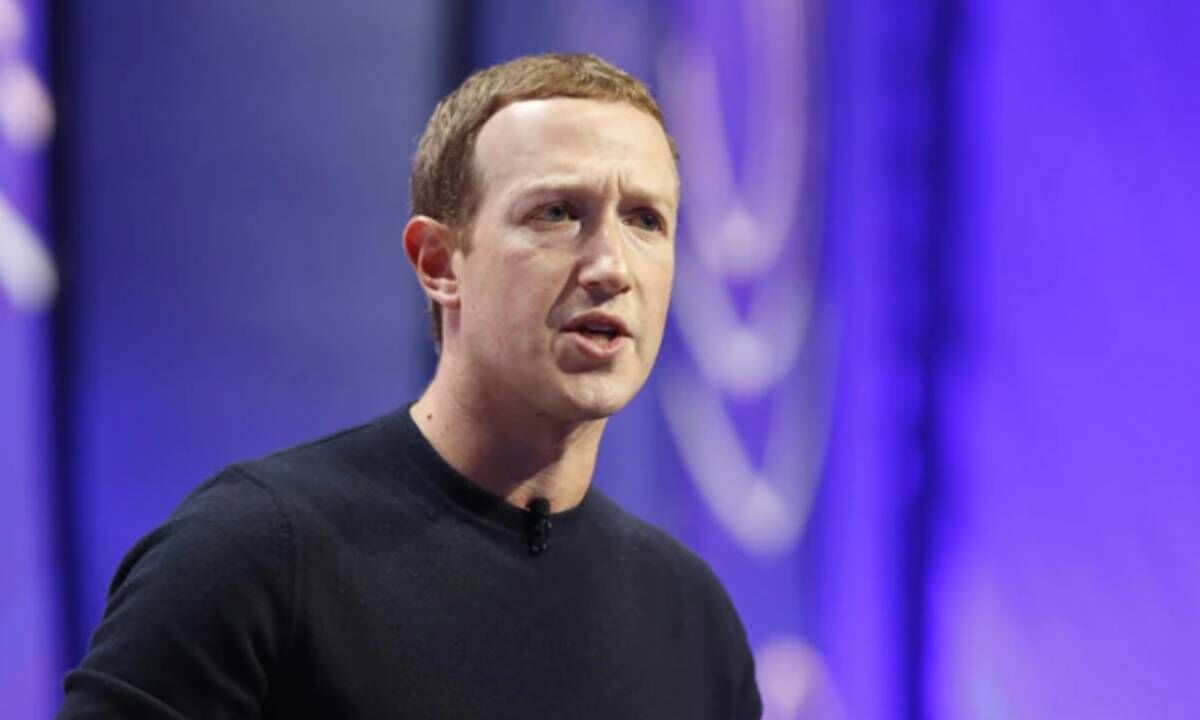An industry gathering that defied boundaries, challenged assumptions, and laid down markers for where fitness, wellness, and health are headed next
Fitness isn’t just fitness anymore — and after day one of the ATN Innovation Summit, that’s no longer up for debate.
It was never just about gyms — but at the ATN Innovation Summit in Manhattan, that truth became impossible to ignore. With stakeholders from healthcare, hospitality, tech and capital markets in the room, the conversations made one thing clear: fitness is no longer a category. It’s a convergence.
From artificial intelligence to women’s health, from policy reform to connected strength, the day’s conversations reflected an industry wrestling with growth — not just in size, but in scope. Edward Hertzman, founder and CEO of Athletech News, set the tone early with a pointed question: “What do we even call ourselves anymore?” It wasn’t rhetorical.
“In this room, I see doctors. I see tech founders, med spa executives, hotel groups, consultants, real estate, data scientists,” Hertzman said during his opening remarks. “This isn’t just a fitness event. It’s something bigger.”
Over the course of the day, that “something bigger” took shape — not as a single vision, but as a shared recognition that the lines between fitness, wellness, healthcare, and consumer technology are blurring fast. Operators, founders, and investors alike spoke to the urgency of redefining business models, reframing partnerships, and rethinking how — and where — value is delivered.
Policy Power Plays: Fitness Must Step Up in Washington
During a session on fitness and healthcare policy, Anthony Geisler, the CEO of Sequel Brands, and Calley Means, a special adviser to the White House, called on fitness industry leaders to do a better job at prioritizing advocacy efforts and making their voices heard in Washington, D.C. This is especially important amid the “Make America Healthy Again Movement,” regardless of your personal political views, they added.
Means didn’t mince words: “The fitness industry needs to actually step up and defiantly and aggressively state that ‘we are frontline healthcare workers.’” He noted the irony of bars and drugstores remaining open during COVID, while gyms were shuttered — a clear signal that fitness still lacks the policy clout of other sectors.
Geisler echoed the concern. “When we were there at the White House a couple weeks ago, there (weren’t) a lot of people from the fitness industry,” Geisler said, noting that other industries, like nutrition, were better represented.
Means, who was a lobbyist before he co-founded telehealth platform Truemed, noted that other industries are highly active on Capitol Hill while the fitness industry essentially sits on the sideline.
“The industries that profit from people being sick are flooding donations, they are in DC all the time,” Means said. “The CEOs of pharmaceutical and insurance companies essentially live in DC these days, and they are letting their voice be heard.”
AI Isn’t the Threat — Apathy Is
Artificial intelligence took center stage across multiple panels, but not as a villain. Instead, it was presented as a mirror: a tool that reflects back how well you know your customer — or how little you actually do. Josh Walker, CEO of Sports Innovation Lab, laid it out clearly: “If you don’t know your customer, you can’t talk to them. And AI is all about having a conversation. And AI is all about having a conversation. … You have to be collecting this data; you have to be studying what your customers are doing, and that will prepare you for the future,” Walker added.
Others in the AI discussion took a more tactical approach, offering examples of how operators can start small — refining content, streamlining internal communication, even auto-generating social copy — but warned that AI’s usefulness depends on the inputs.
“It’s only as powerful as the person using it,” said Christopher Appiah, Founder and CEO, The Sales Arms. Rose Minar, Chief Marketing & Experience Officer, Lift Brands, Inc., added: “AI won’t replace humans. But humans who use AI will replace humans who don’t.” The subtext? Adapt now — or prepare to fall behind.

Women’s Wellness: Strength, Data & Proactive Care
In a standout panel focused on women’s health, Dr. Jessica Shepherd, Chief Medical Officer at hims & hers, challenged the audience to think beyond aesthetics. “Muscle is the organ of longevity,” she said — a phrase that summed up the session’s theme: prioritizing strength training as a core health metric, particularly for women as they age.
Panelists emphasized a shift from symptom management to proactive, upstream healthcare. Dr. Gloria Winters of the YMCA and Dr. Tania Elliot of Modern Medical urged the industry to think about long-term outcomes, not just short-term fixes. They pointed to fitness, nutrition and mindfulness as essential tools — not “extras” — in preventative care. As the conversation turned toward data, all agreed: collecting the right health outcomes, especially for women, is vital for driving smarter solutions and elevating innovation in underserved areas of care.

What Women Want: Tech, Strength & Being Seen
The conversation around women’s health didn’t stop at training protocols. A later panel expanded the focus to include tech design, representation, and the emotional through line of feeling seen and supported. “Females control wallets — so how do we target them?” asked Scarborough, who moderated the discussion.
Sarah Choi, chief marketing & commercial officer, CorePower Yoga, noted that 95% of their members are women, and said the launch of their strength-focused program, StrengthX, was one of their most successful to date. “Women no longer just want low-impact workouts,” she said.
Melissa Knowles, vice president of global key accounts, ABC Fitness, pointed out that only 15% of women feel their needs are being met through tech — and the way they interact with it is measurably different. “They track 73% of the workouts, they interact with the meal tracking app, they use the habit tracking,” she said. “You won’t speak to a perimenopausal woman the same way you speak to an 18-year-old.”
Recovery Is the Future — But Only If It’s Aligned
The recovery space was treated not as a side hustle, but as a strategic opportunity; one that requires discernment. Alchemy Leadership Lab founder Brynn Scarborough moderated a panel that pushed back on the “just add cold plunge” mentality. “You can’t offer everything,” said Chuze Fitness’s VP, Fitness, Ani Oksayan, “so you need to be very discerning.”
Panelists warned that too many brands chase trends without evaluating their operational impact. When asked how Halotherapy Solutions stays relevant, Chief Revenue Officer Lisa Semerly said, “If it’s not a profit center or helping with retention, what can I bring as a manufacturer? The value proposition has to be ongoing. Incentivize your staff. People want what you’re talking about.”
Scarborough noted that flashy modalities often fall flat when there’s no long-term value proposition. The winning strategies, she said, are rooted in simplicity and consistency — down to the “two sentences your front desk staff can repeat with confidence.”
Education and member experience were recurring themes. Andy Dunn, Senior Director of Sales – Wellness, Wellness JK, emphasized personalization. “I ask if a particular trend fits their brand identity,” said Dunn. “We help them understand what that brand identity is. Is a particular modality what works for you? If you have a premium brand, does a trend fit your brand identity? Similarly, if you’re a budget conscious brand, is something in alignment with that?”
Hospitality Principles Are Reshaping Fitness
Mark Rivers, CEO, Canyon Ranch; Brian Mazza, VP of brand performance / founder, Life Time / HPL Ventures; Robbie Bent, co-founder and CEO, Othership; and Jay Galluzo, Partner, Sabre Business Consulting (moderator), made the case that hospitality isn’t just an influence on fitness — it’s the next competitive edge. “We’re back into the human connection chapter,” said Rivers.
Whether it’s boutique gyms, wellness sanctuaries, or hotel spas, the shift is clear: people want to feel better walking out than they did walking in. Barak Hirschowitz, President, International Luxury Hotel Association, speaking on a hospitality-focused panel later in the day, echoed the sentiment. “We used to tell guests what the luxury hotel experience was,” he said. “Then all of a sudden, it flipped, and it was the travelers telling us, ‘this is what we want.’”

Barry’s & Technogym Eye the Next Frontier
After a quieter few years, Barry’s is firmly back in expansion mode. Global co-CEO JJ Gantt laid out the plan: 15–20 new studios a year, including deeper pushes into Tier 2 and suburban markets.“Yes, we’re successful in New York. But we’ve been tremendously successful in markets like Tampa, Dallas (and) Denver,” Gantt said. “We’re also very successful in more suburban markets like Raleigh and Scarsdale, here outside of New York. So we have proof points across different marketplaces.”
Jack Nagle, a principal at Princeton Equity Group, believes Barry’s can sustain as many as 400 studios in the U.S., although he notes that growth won’t come all at once.
Technogym, meanwhile, used the Summit stage to unveil a bold U.S. strategy, sharing plans to open a U.S. headquarters in Jersey City. Founder and CEO Nerio Alessandri announced the launch of a Reformer product as the Italian company enters the Pilates market.
“It’s a very important trend — to expand the market, to support the variable for the customer’s success … it will reach the best variety in terms of exercise, in terms of progress and in terms of the training experience,” Alessandri said. “We don’t need storytelling,” he said. “We need storydoing.”
What Connected Fitness Is Now
Mark Watterson, commercial CEO of iFIT, didn’t mince words: “Connected Fitness isn’t going anywhere … everything around us, our phones, our wearables, our watches – everything is connected. There’s no difference in fitness.” His message: the convergence isn’t theoretical—it’s already happening.
Tonal CEO Darren MacDonald pointed to GLP‑1 users and active aging as key growth segments, stating: “GLP‑1s represent a massive opportunity.” The rise in women’s strength training also came up as a vital opportunity for the brand.
Tonal’s in‑person Training Lab in New York City offered a powerful extension of that digital strategy. Troy Taylor, VP, Performance Innovation, Tonal said having “a touch and feel experience” boosted conversion rates. The pop‑up attracted both scheduled visits—from as far away as Hawaii, Alaska and Costa Rica, and spontaneous drop‑ins.
Lise Kuecker, Founder and CEO, Studio Grow emphasized people are “looking hungrily for true experiences,” and spoke on the strategy and value in offering intentional pop-ups. “You need to know why you want to do this,” she said. “It’s not just “oh it would be fun to have a pop-up.”

Private Equity: Know the Game Before You Play
Solidcore founder Anne Mahlum and Jordanelle Capital’s Matt Day offered a frank window into the world of private equity — and what founders often get wrong. “High valuation is not good for the founder because that’s the number you need to hit. Investors want to make 2-3x your money,” Mahlum said. “It’s just about understanding what the investor is in it for.”
Churn and retention are most important in private equity. “These studios have an initiation pack,” said Day. “If you’re converting these trial packs between 20-40%, that’s the metric we are chasing. How much cash flow is each studio making? Make sure you raise enough money and are working with investors who know what they’re doing”
Culture fit also mattered deeply. Mahlum described walking into meetings in a crop top and being unapologetically herself. “I was wearing crop top to these meetings and was very honest and transparent about who I was.” They opened 50 studios together over the next 2 years.”
Partnerships That Go Beyond Logos
Zumba CEO Alberto Perlman shared a reminder about the power of partnerships. “We essentially built this company through partnerships,” he said, recalling early tie-ins with brands like Kellogg that helped Zumba land on the national stage. “It doesn’t make sense to (always) pay for (customer) acquisition. It’s better to partner with like-minded brands and combine our forces.”
CityPickle co-founder Mary Cannon echoed the point, noting that partners want engagement — not just impressions. Mary Cannon, the co-founder and co-CEO of CityPickle, called attention to the importance of brand alignment when forming partnerships.
“What we’ve all learned here is that a sponsor or partner, they don’t want to just slap their logo on the side of a building, or on, in our case, a pickleball court,” Cannon said. “They really want to engage with your customers to then become their customers.”
For example, CityPickle has staged activations with Mount Sinai, its healthcare partner, that have focused on stretching and sports medicine
“They want people to think about them in times of health and wellness, so when there does become a need for a doctor, you’re thinking about Mount Sinai,” Cannon said.
Gary Brecka’s Bold Claim
Gary Brecka, co-founder, The Ultimate Human, who joined virtually, delivered one of the day’s most interesting claims: “We are not as diseased or as sick or as pathological as we think we are. We are nutrient deficient.”
According to Brecka, most (if not all) human disease can be explained by deficiencies in “raw materials” – nutrients like amino acids, vitamins, and minerals.
Brecka made a bold promise to audience members:
“I’ll take any ailment that you or a loved one is suffering and … I will tell you what raw material is missing from the body,” he said. “If you tell me hypertension, I will tell you what amino acid is causing you not to break down homocysteine that’s causing your vascular construction to occur that’s driving your pressure up.”
The same philosophy holds true for mood disorders like bipolar disorder, Brecka said.
If day one was about widening the lens, day two promises to drill down into practical applications — including more on personalization, new revenue models, and emerging health tech. Stay with us for full coverage as the ATN Innovation Summit continues.

























 #NBAFinals
#NBAFinals






































